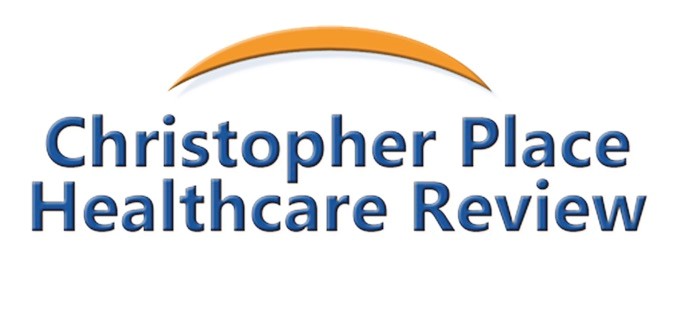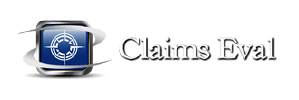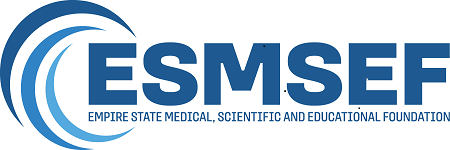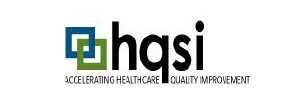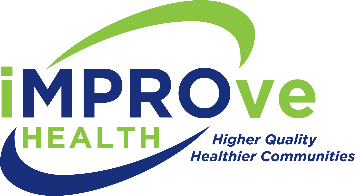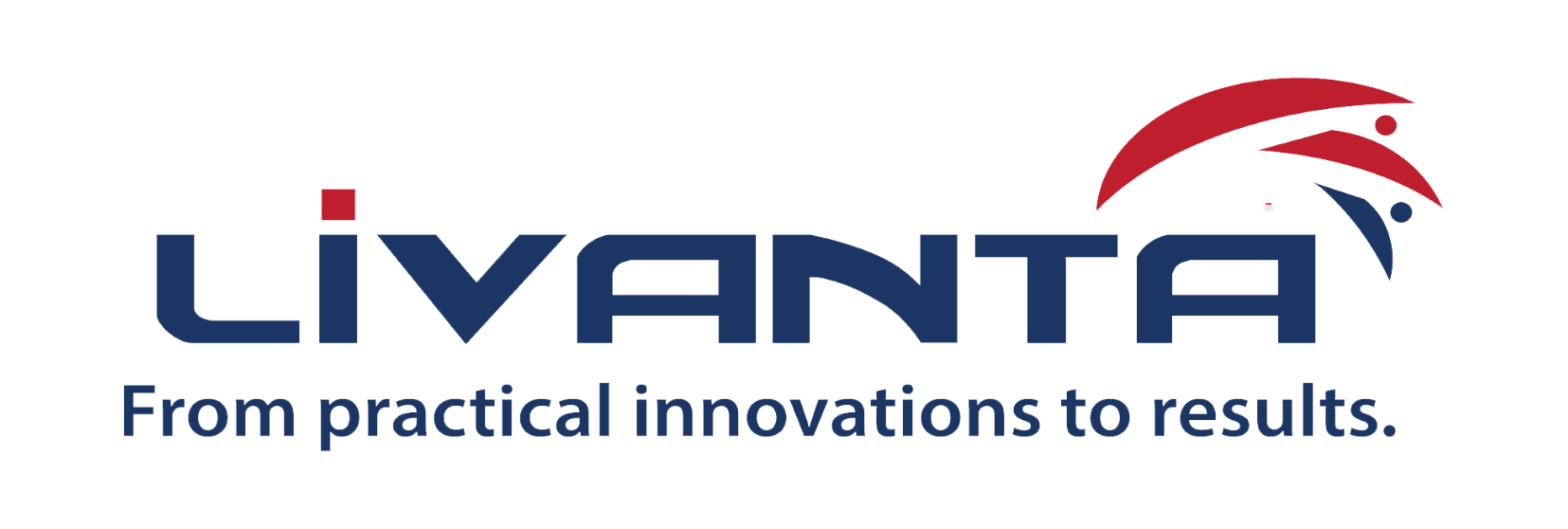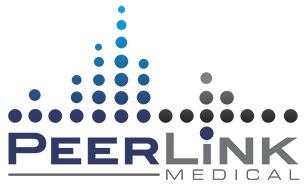MEMBERS

As the leader in independent medical review, NAIRO and its member organizations, which comprise URAC-accredited groups, provide objective, unbiased medical determinations, using board-certified medical reviewers, to help clinical and claims management professionals appropriately allocate health care resources.
NAIRO performs its work collaboratively in committees and working groups. It holds quarterly member conference calls, and an annual Conference to help inform current and prospective IRO members as well as healthcare organizations, media, analysts, and legislative and regulatory dignitaries.
COMMITTEES AND WORKING GROUPS
NAIRO has several committees that meet monthly, and from time to time initiates working groups to handle specific projects. NAIRO leadership comprises the Executive Committee, with the elected President as the Chair. The Executive Committee oversees nominations and approval for the various committee Chairs.
Accreditation Task Force
Chair: Frances Scott
Legislative/Regulatory Committee
Chair: Debora Santiago, DBA, CPC, CPMA, CRC, CPCO, CPC-1
Membership and Marketing Committee
Chair: Stacie Wydra, HQSI
Conference Committee
Chair: Eric Hatfield, J.D., M.B.A.
URAC Standards Committee Representative
Sarah O’Hara, National Medical Reviews
Artificial Intelligence / Cybersecurity / Technology (ACT) Committee
Allison Xiong, Ph.D.
FULL MEMBERS
AFFILIATE MEMBERS
URAC ACCREDITATION FOR IROS
IROs that achieve URAC accreditation are committed to a fair and impartial medical peer review process that benefits both patients and physicians with grievances. The URAC accreditation is designed to assure that IROs are free from conflicts of interest, establish qualifications for physician performing independent medical peer review, address medical necessity and experimental treatment issues, have reasonable time periods for standard and expedited peer reviews, and appeals processes.
Accredited IROs pass a rigorous review occurring in multiple phases. The initial phase, which consists of completing the application forms and supplying supporting documentation, usually takes several months. The remaining three phases of the URAC accreditation process cover a period of approximately six months. These phases include the following:
- Desktop Review – A thorough documentation review including audits of items such as formal policies and procedures, organizational charts, position descriptions, contracts, sample template letters, and program descriptions and plans for departments such as quality management and credentialing.
- Onsite Review – An onsite review to verify compliance with URAC standards. Management is interviewed about the organization’s programs and staff is observed performing its duties. Audits are conducted and personnel and credentialing files analyzed. Education and quality management programs are reviewed in detail.
- Committee Review – A review by two URAC committees that include professionals from a variety of areas in health care as well as industry experts selected from or chosen by URAC’s member organizations. The committee review process begins with a written summary documenting the findings of the desktop and onsite reviews. This summary is submitted to URAC’s Accreditation Committee for evaluation with discussion with the review team as needed. An accreditation recommendation is then forwarded to URAC’s Executive Committee, which has the authority to grant accreditation.
IROs that successfully meet all requirements are awarded a Full two-year accreditation, and an accreditation certificate is issued to each company site that participated in the accreditation review.
|






